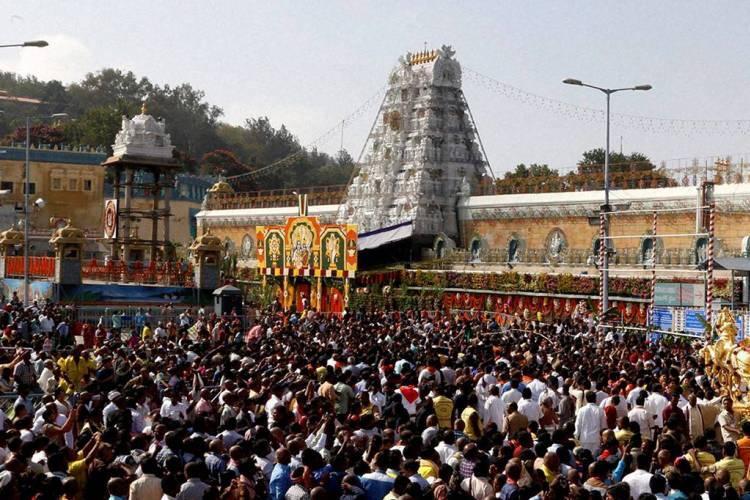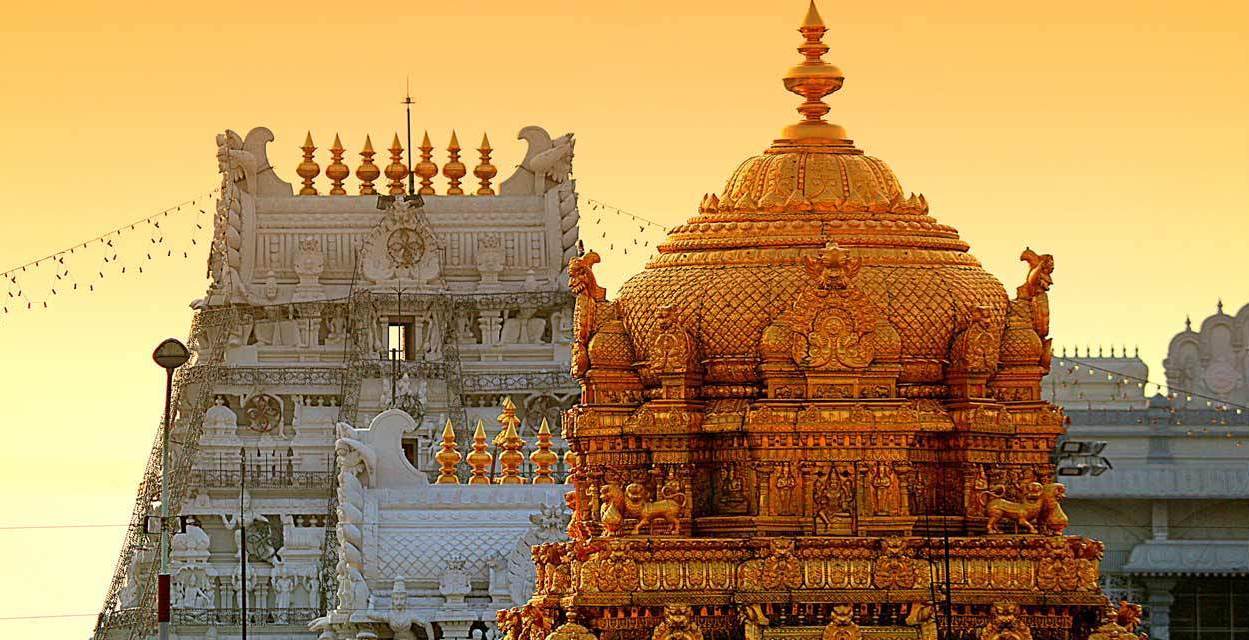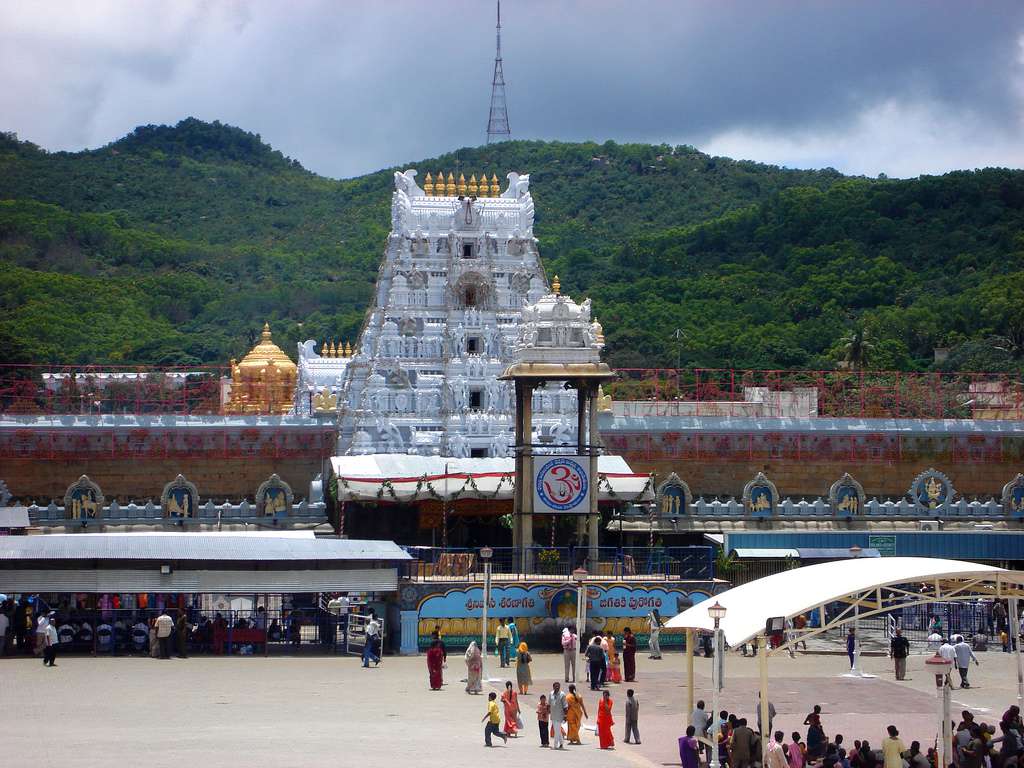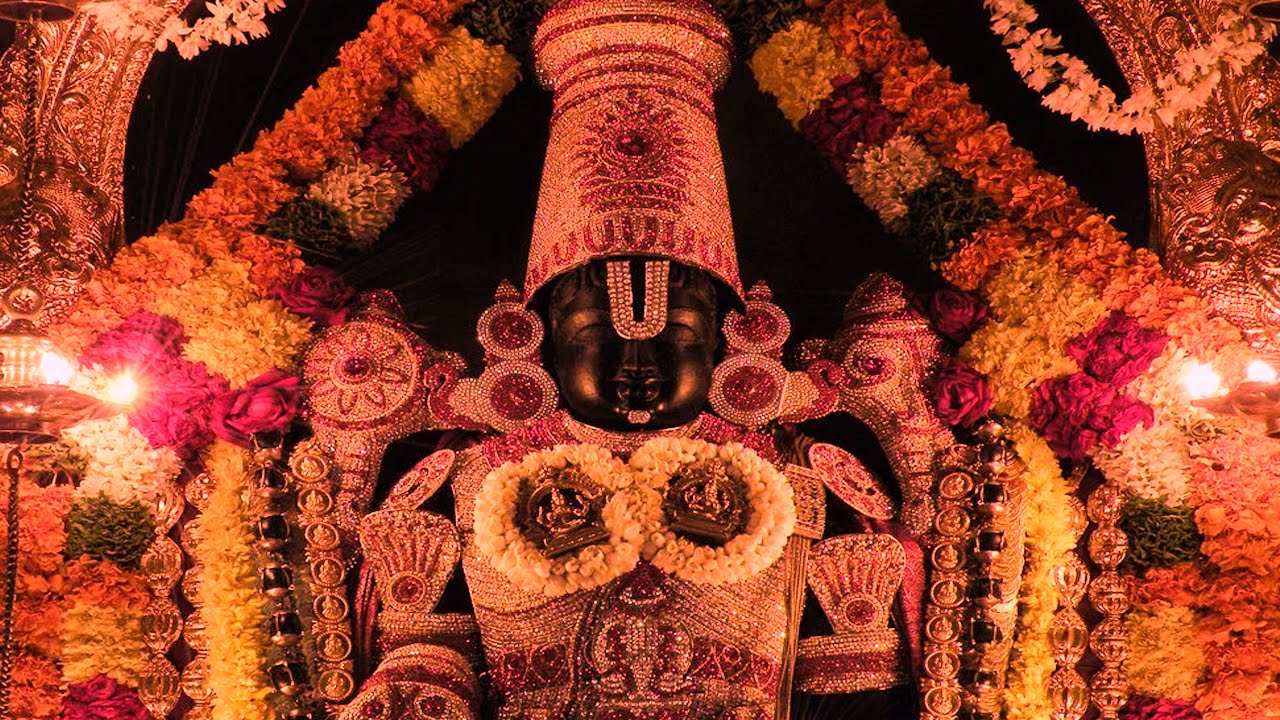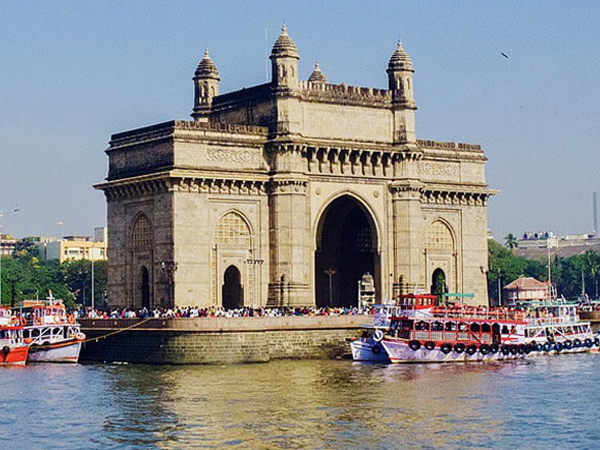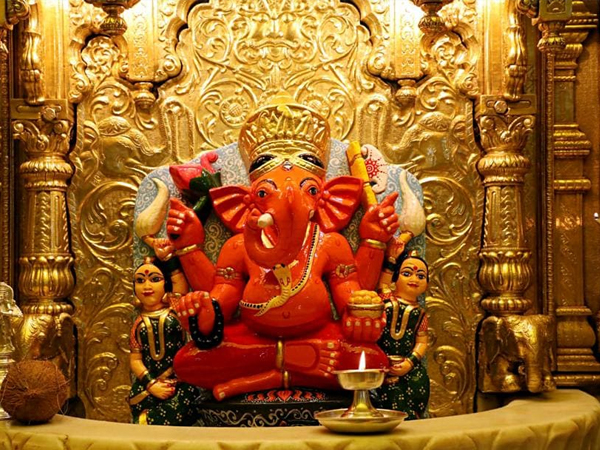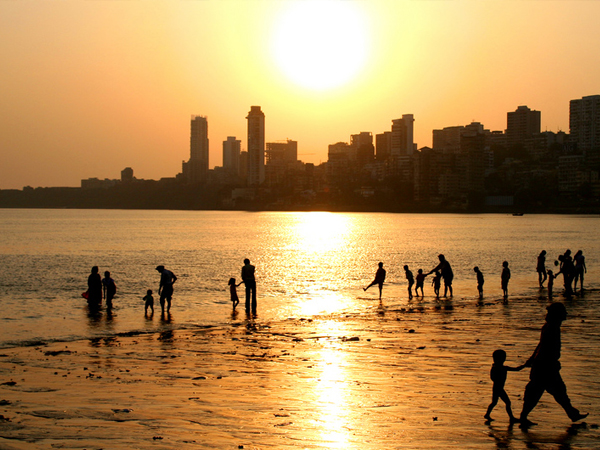Getting There
Train: Express trains connect from Chennai (3hr), Bengaluru (7hr), Hyderabad/Secunderabad/Vijayawada (7-12 hr). Special trains connect directly to Tirupati from Mumbai. It is connected by Narayanadri Express (2734) from Secundrabad, Venkatadri Express (2787), Tirupati-Mumbai Express (6353/6354), Tirupati Bhubaneswar Special (08472) Bhadrachalam and special summer trains. Check with http://www.indianrail.gov.in/
Bus: State buses/Volvos connect Tirupati from Chennai (R70-150/ 4hr), Hyderabad (R408-717/10hr) and Bengaluru (153-365/6hr).
Taxis: Hire taxis from Tirupati town to the Tirumala temple.
From the crest of the picturesque Saptagiri hill radiates the towering presence of Sri Venkateswara, the god of the Seven Hills at Tirupati. It is India’s most prosperous temple and its deity, the most powerful to grant the wishes of its devotees.
To marvel at the power of faith, there’s no better shrine than that of Lord Venkateswara, an awesome avatar of Vishnu at Tirumala atop the Saptagiri Hills (Seven Hills). India’s premier pilgrim destination in Andhra Pradesh receives over 1 lakh pilgrims daily. It is one of the world’s richest religious bodies, earning 22.5 lakh daily in cash offerings. The temple’s prosperity is evident around the hill of Tirumala (Vishnu’s name) all the way down to the town of Tirupati.
Temple Deity – Sri Venkateswara
Given the crowds, it’s a lucky day if a darshan of Lord Balaji lasts longer than a nanosecond before you’re asked to move on by temple ushers. When the priests draw back the curtains for the reveal, the rumble of prayers reaches a crescendo from the throng. You behold the vision of a tall and dark frame of the 8-ft deity, lit by the jewel lights of the lamps and burning camphor, in divine regalia. Unlike other reclining forms of Vishnu, Venkateswara stands draped in sweeping silk robes and necklaces of gold and glittering diamonds, a large emerald ornament, sparkling rubies, and a diamond-encrusted crown. His eyes are hidden by a large white and red tirunamam mark that is the symbol worn by Vaishnavite deities in the south on their foreheads. His right palm is open and bestowing, while the left rests on his hip. His two other arms hold aloft the Vaishnavite insignias – the conch and discus, covered in gold.
Temple History
History dates the temple structure and Tirumala hills to be almost 2000 years old. Prehistoric Tamil scriptures mention the temple and the hills, with references to the deity or the lord of Vengadam or Venkata. Tirumala is part of the green Saptagiri Hill range (Seven Hills). The temple is located on top of Tirumala, the last and seventh hill. Vaishnavite historians of the South claim that the temple was established in the 12th century by the saint Ramanuja. Active temple construction began from the time of King Krishnadevaraya, from the 14th century onwards. Further kings of the dynasty added to the temple building, with individual Commemorative gopurams. In the late 1950s, the vimana or the main tower of the temple was encrusted in gold.
Style & Architecture
The Tirumala temple and smaller temples and shrines around Tirupati follow traditional styles of Dravidian architecture that includes large and wide praharams or perimeters surrounding the main shrine with mandapams named after the kings associated with the temple like the Krishnaraya mantapam or Tirumalaraya mantapam and open spaces and interesting sculptures of Garuda, Vishnu’s mount near the flag post. Given the crowds, it needs a keen eye to spot the many sculptures and architectural features. A walk around the temple perimeter in the early morning or evening when it’s not too hot is the best time to look at those.
Special Features
The temple structures reflect the patrons from various faiths who have been moved by the power of the deity. Note the idol of a Muslim overlord near the dwajasthamba (flagpost) who is said to have protected the temple from destruction. The temple museum in Tirumala is a sparkling clean building that houses paintings, sculptures, and photographs related to the history of the Sri Venkateswara Swamy Temple (8 am-8 pm). Tulabaram are offerings made on a giant iron scale and devotees offer rice, wheat, fruits or sugar equal to their body weight to the god at the Tirumalaraya mantapam. A quick stop is enough to witness the geological wonder, Shila Thoranam, a rock formation located in a park close to the temple (6 am-5 pm).
Temple Festival
The Brahmotsavam is a grand festival held annually in October. According to lore the first puja and festive procession for Lord Venkateswara were led by the god Brahma and hence the festival bears his name. The nine-day festival involves grand processions of heavily bejeweled idols of Balaji and his consorts. The idols are brought out on a decorated vimana each day on various mounts. A rath yatra is held on a ninth day to round off the festivities. While darshan queues during the festive time can run up to several kilometers, thanks to the efficient Tirumala Tirupati Devasthanam a sense of order prevails. Sep-Oct; for dates and timings check TTD (www.tirumala.org)
Temple Legend
Devotees pray to the Lord of the Seven Hills at Tirupati, revered as Venkateswara, Balaji or Srinivasa for blessings and his divine bounty. But the dark Lord stands, eyes shadowed by the tirunamam, with a shy smile playing upon his lips. And therein lies a tale of romance, a divine union, a lavish wedding and the awesome power of the god. Legend has it that Lord Vishnu came down to earth in pursuit of his consort Lakshmi who had left her home in Vaikunta in a huff when a visiting sage had kicked Vishnu’s chest in anger – the god’s chest is where goddess Lakshmi resides. She had taken the form of princess Padmavati in the royal family of King Aksha Rajan. Vishnu, in his earthly form as Venkateswara, sought her hand in marriage. The king sought proof of the groom’s wealth to wedding his daughter and hence Venkateswara took a heavy loan from Kubera. the treasurer of universal wealth for the wedding costs to convince his father-in-law. The temple, known to be the second richest place of worship after the Vatican, receives offerings in the form of cash, coins, and gold from devotees daily. The offerings are symbolically meant to help Lord Balaji pay off his wedding loan in the next thousand years.
A hirsute offering
Donate your entire treasure of tresses.or just three locks at Tirumala’s free tonsuring service centers. This traditional offering commemorates the sacrifice made by a princess, Neela Devi, when she offered her locks to Lord Vishnu to fill up a small bald patch on his head. It’s not odd to witness a sea of tonsured heads in the two towns. The practice is very common and even women unflinchingly donate their hair. The temple receives an income of 760 lakh every day through the sale of hair of devotees who tonsure their heads as a form of prayer.
Inside the Venkateswara Swamy Temple, Tirumala
There are several interesting a well-constructed narrow path, lined experiences and quirky sights to keep by metal guards so that no one jumps you engaged in and around the vast over into the line. Free milk is served temple complex. to pilgrims. Often prasadam of the Hundi Section: Here you’ll see the day. be it Venn Pongal, Sakkara Pongal. glass-encased money-counting puliogare or their Sadam are offered section. Peep in to find the amusing to the devotees along with the serpentine sight of somber-faced, half-naked queues waiting for darshan for long priests sorting through cash and coins hours. There are also clean loos built with dexterity. The sheer quantity of along the line. money that is offered is astounding. With long queues a darshan can take up Queuing: All devotees have to keep to two hours at the temple